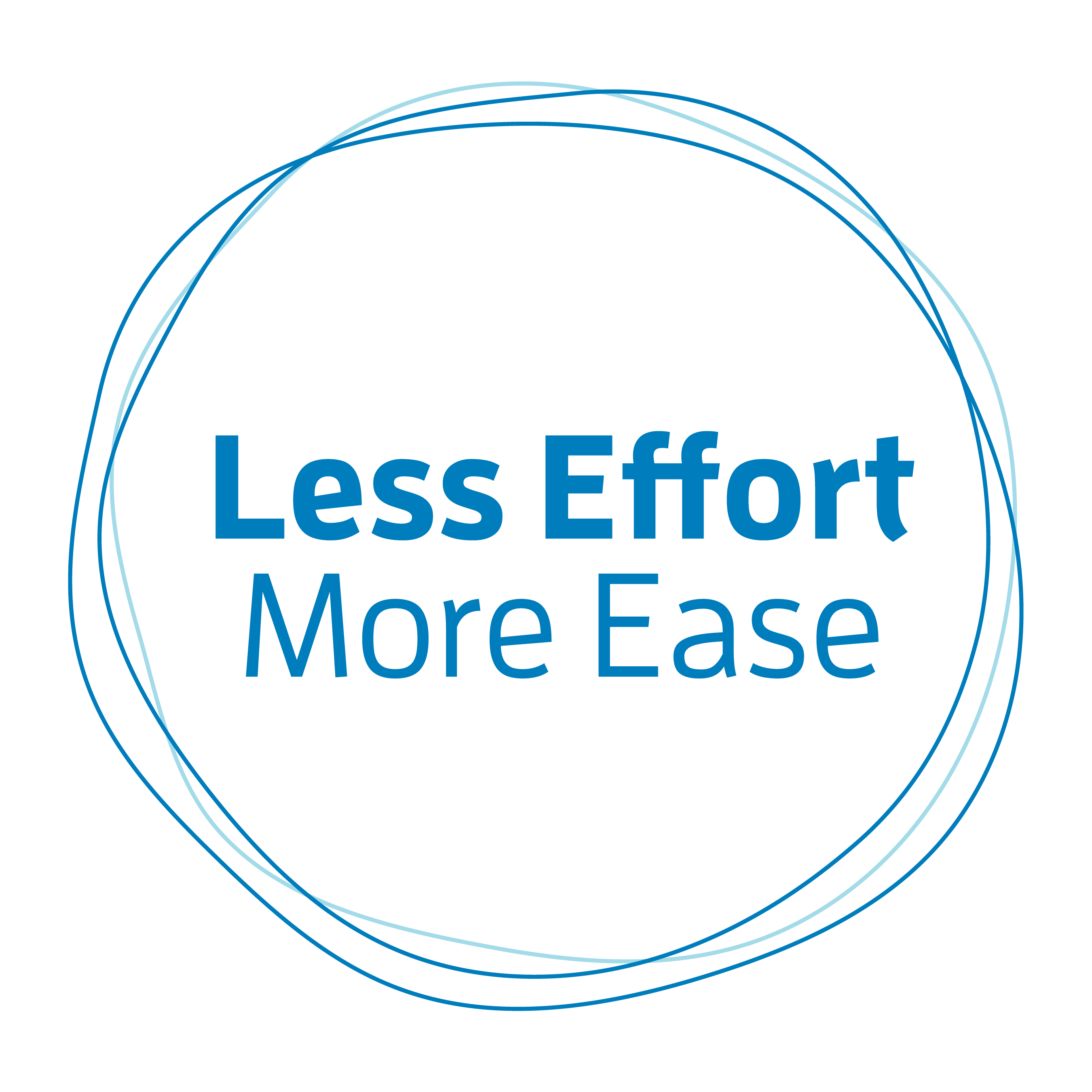As each New Year’s rolls around I find myself coming back to making resolutions and setting goals.
I’ve gone through phases where I decided to purposely not make a New Year’s Resolution. Simply because that’s what everyone does. And what you’re supposed to do.
Then I realized that I was making a New Year’s Resolution. It was not to make a New Year’s Resolution!
I’m no longer in that phase. I do like the idea of the start of a new year being a nice time to start something new.
But the problem is the starting. No matter what the resolution is.
It’s not unlike getting a ball rolling.
The hard part is starting the ball moving from its static state. Once it starts rolling, it’s easier to keep it rolling.
I find that I’ve got to figure out what’s the smallest, simplest, easiest thing I can do to get started on the new behavior.
I’ve got to choose something so small, simple, and easy that I can say “no sweat I can do that!”
Something so easy I can’t not do it.
Last Fall I took part in a caregiver’s self-care challenge put on by Imogen Ragone and Laura Donnelly.
Imogen and Laura host Caregivers Central. In their online community for accidental caregivers, they share tools they’ve found valuable in their own caregiving journeys.
Both women draw on their extensive knowledge as experienced teachers of the Alexander Technique to help others learn easy, mindful ways to reduce stress in all the situations you find yourself in as a caregiver.
The first day of the challenge was simply to take time to be present with three breaths.
That’s all.
One. Two. Three. Done.
So small, simple, and easy that I said to myself, “no sweat I can do that!”
It was so easy I couldn’t not do it.
And I did it again later. And again later.
Wouldn’t you know, because I had committed to being present with just three breaths, many times once I started, I enjoyed being present longer. With more than just the first three breaths.
Once the ball was rolling, it was easy to keep it rolling for just a little bit longer.
One of the simplest ways to help yourself improve your posture, reduce excess tension and manage the effects of stress is the Alexander Technique Constructive Rest practice.
Constructive Rest is a subtle combination of a supportive bodily position that encourages gentle release through the neck and back and consciously directed thought to help redistribute muscular tone throughout the body.
Even if you’ve never worked with an Alexander teacher you can benefit from resting in this position on a daily basis.
But you’ve got to get started. That’s the hardest part.
The hardest part is literally getting yourself down on the floor.
Often the obstacle is the voice in your head saying you don’t have 20 minutes to stop and rest. Too many other things to get done.
So, the answer is—you don’t start with 20 minutes.
You start with an amount of time that is so small, simple, and easy that you’ll say to yourself, “no sweat, I can do that!”
So easy you can’t not do it.
For you, it might be a 5-minute commitment every day. Heck, I even had one student who started with a 1-minute commitment every day.
Whatever it is, choose an amount of time that is so small, simple, and easy that you’ll say to yourself, “no sweat, I can do that!”
So easy you can’t not do it.
This is exactly how I coach my students to get started with this once-a-day practice.
Slowly, you increase the amount of time you commit to every day. Work up to 20 minutes over a period of months.
The added benefit of choosing something so small, simple, and easy that you’ll actually do it is that you’ll feel good about yourself! And that’ll help motivate you to keep going.
One of my students commented that when she tried Constructive Rest for 5 minutes a day it felt “good”.
“Good” can mean many things. I asked her what “good” meant.
She said what felt “good” was she actually did what she had committed to doing (which was 5 minutes a day). Instead of committing to 20 minutes and not doing it, and feeling bad about herself. Not a good motivator for continuing on.
Breaking down a large goal into smaller easier steps that you’ll actually do will set you up to succeed.
And when you succeed it’ll help keep you moving forward.
Here’s to a New Year. And here’s to your continued health!
I’ll be back in mid-January after a Holiday break.




